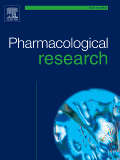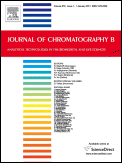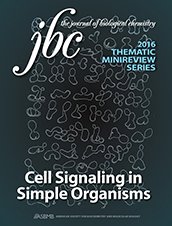
“Historical and scientific evidence suggests that Cannabis use has immunomodulatory and anti-inflammatory effects.
We have here investigated the effect of the non-psychotropic phytocannabinoid Δ9-tetrahydrocannabivarin (THCV) and of a Cannabis sativa extract with high (64.8%) content in THCV (THCV-BDS) on nitric oxide (NO) production, and on cannabinoid and transient receptor potential (TRP) channel expression in lipopolysaccharide (LPS)-stimulated murine peritoneal macrophages.
THCV-BDS and THCV exhibited similar affinity in radioligand binding assays for CB1 and CB2 receptors, and inhibited, via CB2 but not CB1 cannabinoid receptors, nitrite production evoked by LPS in peritoneal macrophages.
THCV down-regulated the over-expression of inducible nitric oxide synthase (iNOS), cyclooxygenase-2 (COX-2) and interleukin 1β (IL-1β) proteins induced by LPS.
Furthermore, THCV counteracted LPS-induced up-regulation of CB1 receptors, without affecting the changes in CB2, TRPV2 or TRPV4 mRNA expression caused by LPS. Other TRP channels, namely, TRPA1, TRPV1, TRPV3 and TRPM8 were poorly expressed or undetectable in both unstimulated and LPS-challenged macrophages.
It is concluded that THCV – via CB2 receptor activation – inhibits nitrite production in macrophages. The effect of this phytocannabinoid was associated with a down-regulation of CB1, but not CB2 or TRP channel mRNA expression.”
http://www.ncbi.nlm.nih.gov/pubmed/27498155



.jpg)





